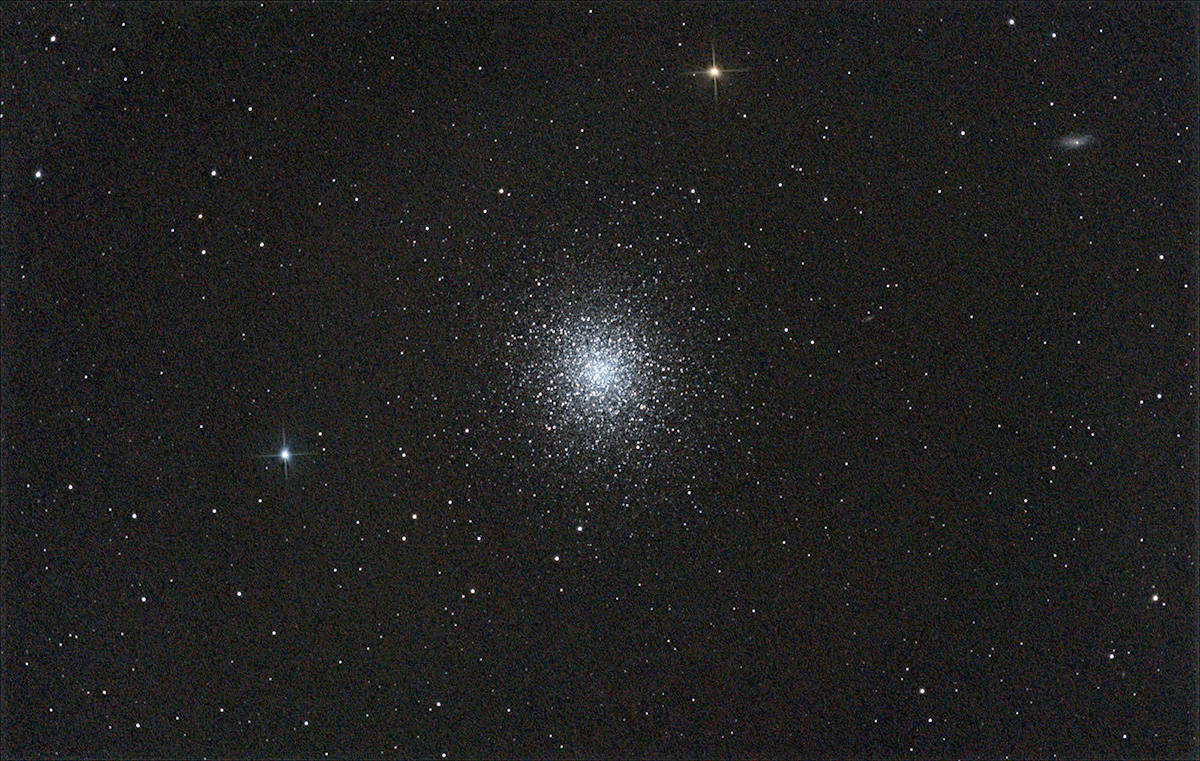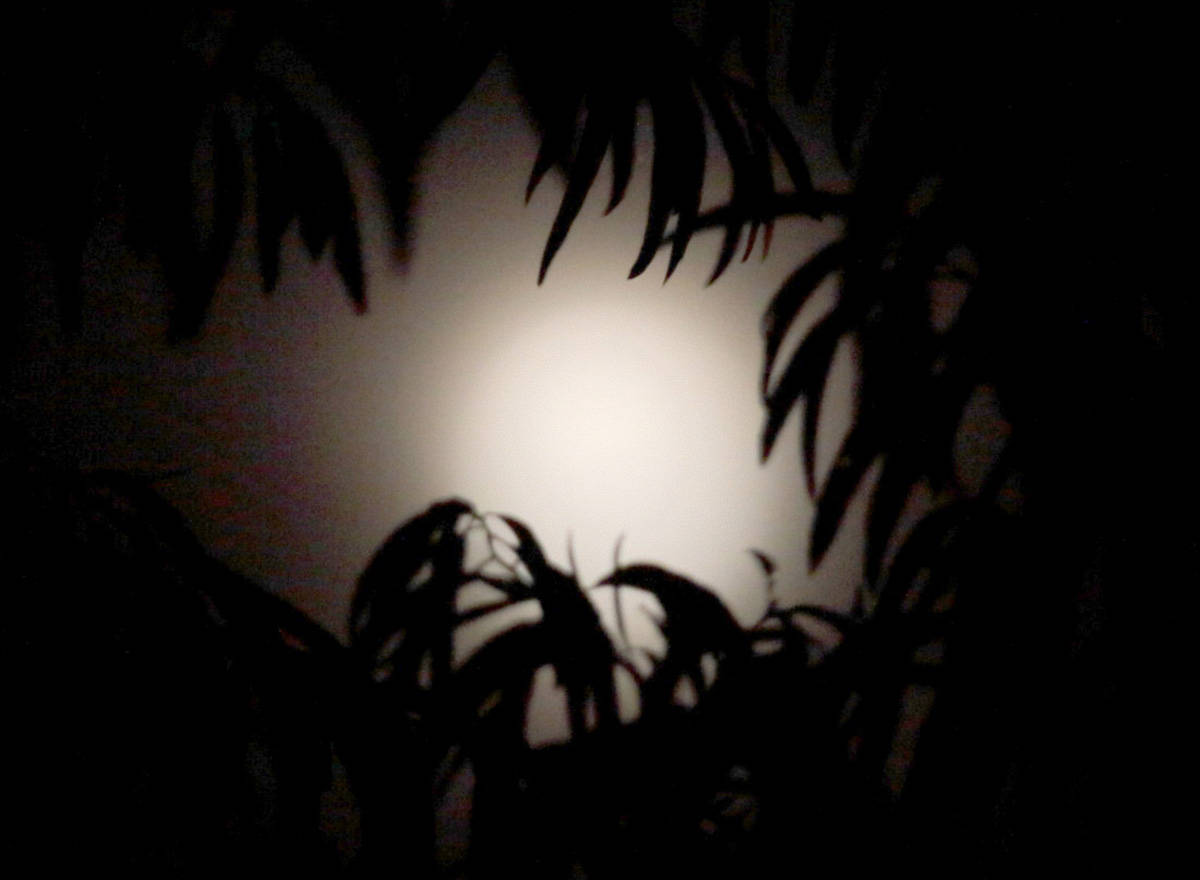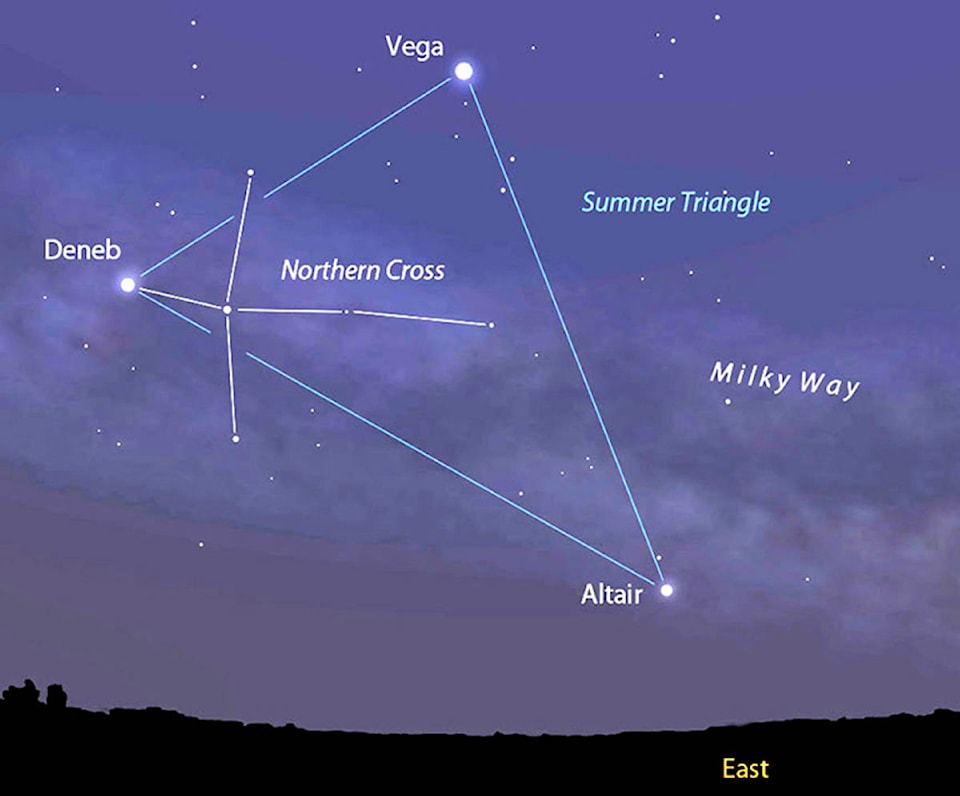Dan Hicks
Despite our fiery summer’s ambient smoke, Subaru’s Night of the Falling Stars, the Kootenays’ first ever Perseid Meteor gathering, was held Sunday, August 12th under a clear natural dark sky at Noke Creek Campground, west of Lumberton.
Despite some initial apprehension regarding lingering late evening smoke and cloud, as forecast, the sky cleared before midnight and directly above, Vega – the fifth brightest star as seen from Planet Earth, emerged as the first star for the sixteen adult and child stargazing participants who thereafter were able to see a few falling stars and familiarize themselves with the basic stellar configurations of our summer night sky, like the Summer Triangle, Northern Cross, & Big Dipper.
The Summer Triangle is the most prominent summer night asterism (not an actual constellation), an illusion — its three stars Vega, Altair, and Deneb, are located at vastly different distances from us; they are respectively 25, 17, and 1,400 light years away; of course bluish-white Deneb, to be so bright yet so distant, is a massive supergiant star — 200,000 times brighter than our sun; it will inevitably explode as a supernova but, were that to occur today, we would never know, our descendants would though — in 1,400 years.
Viewed through a 150 mm refractor telescope, Mars at a historically close 3.3 light minutes away, was an orange sandstorm-wracked orb, and Saturn, at 71 light minutes away, displayed its signature rings. Mars will not be as close again until 2035 and, although its disc will be a mere two arc seconds smaller in its 2020 approach, the children who viewed the Red Planet telescopically at Noke Creek this August may well have a indelible memory of their first time seeing it as an actual planetary disc rather than a pinpoint stellar object.
Later in the night, the telescope, with its motorized mount properly coordinated with the sky’s longitude and latitude, slewed directly to the Hercules Globular Cluster (aka M13) in the Keystone asterism, the stellar glob is a venerable deep sky object 21,000 light years away — home to a tightly-packed community of over 100,000 aged stars (the stellar equivalent of a gated community).
Low montane night temperatures chilled the novice stargazers into departing by 3 a.m., excepting Subaru of Cranbrook General Manager Jordan McKee and his family in their travel trailer, a lone Rocky Mountain Naturalist stargazer in his mini-bowler-styled trailer, and me — out on the lawn under a sleeping bag and tarp. As the constellations revolved above me from east to west through the night, I observed that the 2018 Perseids were diminished from their 2016 show; and were more numerous when the night began, notwithstanding a brief burst of meteors at 4:30 a.m.
Though I found the temperature tolerable (dropping to 6 degrees Celsius), I was surprised by the heavy upland dew that came late in the night, condensation absent from dry lowland locales like Cranbrook. High in the southeastern sky, Capella, the 6th brightest star (two stars actually), was the last to fade from a clear dawn sky where the smoke was confined to the Moyie Range hills on the southern horizon.
To augment their memories of the night sky’s stellar patterns, each of the seven Subaru stargazer vehicular groups were given double-sided Chandler Night Sky Planispheres (for 40 to 50 degrees Latitude North), ingenuously simple rotating two-dimensional all-season representations of the night sky (no batteries required). Used either outdoors under the stars, or indoors on the kitchen table, the planispheres function as constellational learning aides for all ages.
Visible presently in our early September evening sky, from west to east, are planets Venus, Jupiter, Saturn, and Mars. Radiant Venus, our Evening Star, sets an hour after sunset.
Mars remains our prominent “red star,” 3.8 light minutes away now and fast receding from its close 3.2 light minute approach in July; it is as bright as Jupiter.
Nighthawks with binoculars can see periodic Comet 21P Giacobini-Zinner below Capella; on September 10th, the comet will be closest to both the sun and Earth — only 3.2 light minutes away from us. Our autumnal equinox occurs on September 22nd (MDT), and our Harvest Moon will rise on the night of September 24th and hopefully, no lingering residual smoke will diminish its splendor.
Incidentally, our Blue Planet is 8.3 light minutes from our very own big yellow main sequence star, but if our star were mighty Deneb — we would be roasting within it; ideal “solar proximity” distances vary dramatically among stars, and are determinative of whether or not a planet orbits within a life-compatible Goldilocks Zone.
Sources: Observer’s Handbook 2018 (Royal Astronomical Society of Canada), Skyandtelescope.com, SkyNews Magazine, & Wikipedia.
Photos, top to bottom:
• A spring perspective of the rising Summer Triangle except that now, in early September, the triangle is overhead at nightfall. Vega, at the zenith (top of the sky), is the first star to appear in the evening twilight. Part of the triangle asterism, the Northern Cross constellation is also known as Cygnus – the Swan.
• The Hercules Globular Cluster in the Keystone asterism of the Hercules constellation; the cluster is a fantastically dense Milky Way Galaxy neighborhood most unlike our own; appearing as it was 21,000 years ago, present appearance - unknowable. Image source: Wikipedia
• Vestige of a lost full moon: A ghostly waning gibbous moon shines through Russian olive leaves before midnight as it rises over Cranbrook three days after our true August full moon was concealed by cloud, & smoke from a myriad of summer wildfires. August 28th, 2018. Dan Hicks photo


